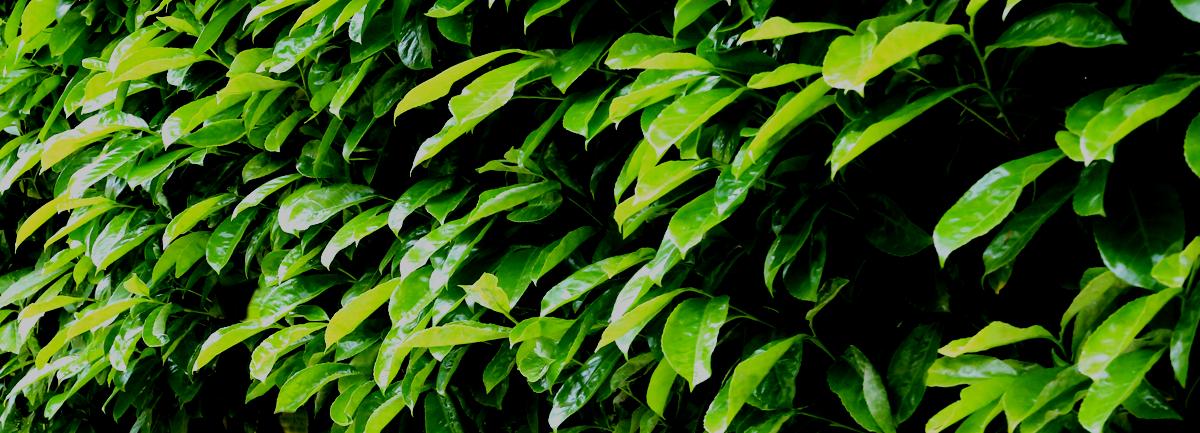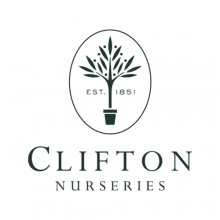Hedges have many uses: they can be used for screening, for defining external and internal boundaries, for shelter, for security, for wildlife, or for a design feature such as partitioning off a section of the garden. Who needs a wall or a fence when you can have a living hedge?
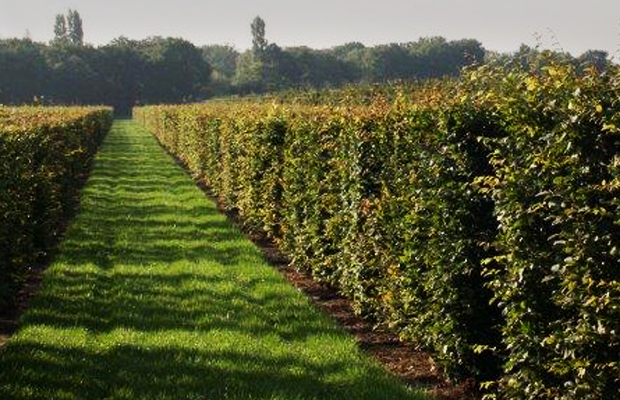
Here at Clifton Nurseries we offer a selection of pot grown hedging plants and rootballed hedging plants as well as instant hedging plants for those who require a hedge without the wait.
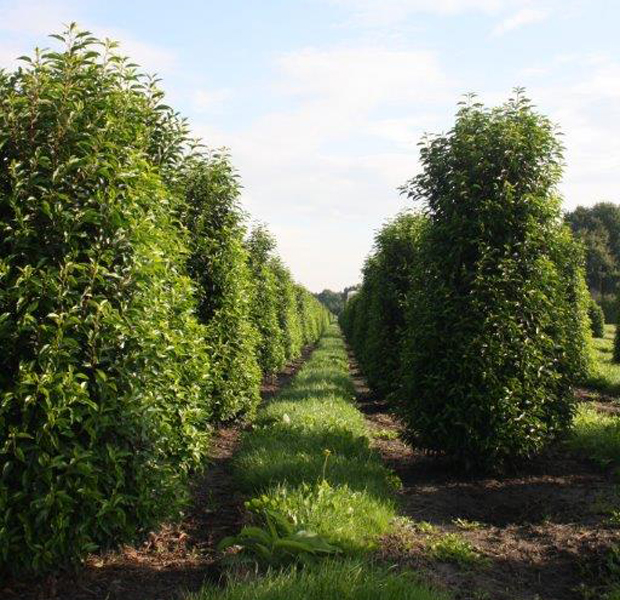
Preparation for Planting a Hedge
As a hedge is often going to be in place for a significant length of time it’s worth preparing the area to the depth of one spade or two, incorporating compost to improve the soil and including a general purpose slow release fertiliser such as ‘Growmore’ or ‘Blood, Fish and Bone’. On poorly drained soil you may also need to dig in some grit and consider planting on a slight ridge.
Planting A Hedge
Planting distances vary according to the type of plant and whether or not you require an instant hedge or are happy to wait! See the list of suggested plants for their different planting distances. When planting containerised plants, ensure that the plants are planted to the same depth as they were in the pot. Back fill the hole and firm down the plant well. Water the plants thoroughly and then mulch with a material such as Melcourt Ornamental Bark Mulch.
Hedging plants are often available as containerised plants, rootballed plants or bareroot. Containerised means that the plants have been grown in containers, potted on into bigger sizes as the plant grew - these can be planted out at any time of year. Rootballed plants means that the plants have been grown in the field and are then dug up with their rootball for planting - this can only be done when the plants are dormant in autumn and winter.
Hedge Maintenance
Ensure that the hedge is well watered for at least a year. Feed with a slow release plant fertiliser each spring and reapply the mulch as required. The frequency of trimming and pruning depends on the type of plant – see the suggested list for details.
Hedging Plants
Numerous plants can be grown as hedges, but some of the more common hedging plants are as follows - please note that planting distances do depend on how large the plants are at time of planting and how long you're prepared to wait!
| Plant Name | Planting Distance | Notes |
| Buxus sempervirens "Box" |
4L - 4 to 5 per m |
Dense bushy plant with small leaves ideal for small hedges. May need 2 or 3 trims per year. Prune between late spring and early autumn. Sun or shade. |
| Taxus baccata "Yew" |
1 every 50cm | Classic evergreen hedging plant ideal for formal hedges small or large. Slow growing. One trim per year may be enough. Prune between late spring and early autumn. Sun or shade. |
| Laurus nobilis "Bay" |
3 per m | Fast growing evergreen with glossy leaves. 1 or 2 trims per year between late spring and early autumn. Sun or shade. |
| Ilex "Holly" |
2 per m | Popular evergreen with both humans and wildlife! Available in variegated colours as well as green. Berries in winter. Slow growing - one trim per year between late spring and early autumn. Sun or shade. |
| Prunus laurocerasus "Laurel" |
2 per m | Classic hedging plant with glossy light green large leaves. Prune in spring, using secateurs to avoid cutting through leaves. Sun or shade. |
| Prunus lusitanica "Portugese Laurel" |
3 per m | Evergreen with smaller leaves than Prunus laurocerasus. Prune in spring. Sun or shade. |
|
Photinia x fraseri 'Red Robin' |
Small sizes - 2 per m Larger sizes - 1 per m |
New leaves emerge in reddish colour, changing to green as they age. Sun or shade. Prune in spring and again in summer. |
| Thuya plicata | 1 every 60cm to 1m depending on size | Evergreen conifer. Prune in late spring and again in summer. Sun or shade. |
| Cupressus x leylandii "Leyland Cypress" |
Small sizes - 1 per 75cm Larger sizes - 1 per m |
Vigorous, fast growing, potentially large conifer. Prune at least 3 times per year. Sun or shade. |
|
Ilex crenata |
4 per m depending on size | Increasingly popular as an alternative to Buxus as not susceptible to Box blight or caterpillar. Slightly less dense than Buxus, but similar small glossy leaves. Prune in mid to late Spring. Sun or part shade. |
Don't be restricted in your choice of hedging plants to those listed above. Beautiful hedges can be created using practically any plant, especially if you're looking for a more informal look. Plants such as Choisya ternata, Euonymus japonicus 'Bravo', Rosmarinus officinalis ("Rosemary") and Lavandula angustifolia ("English Lavender") can all be used to create attractive hedges. 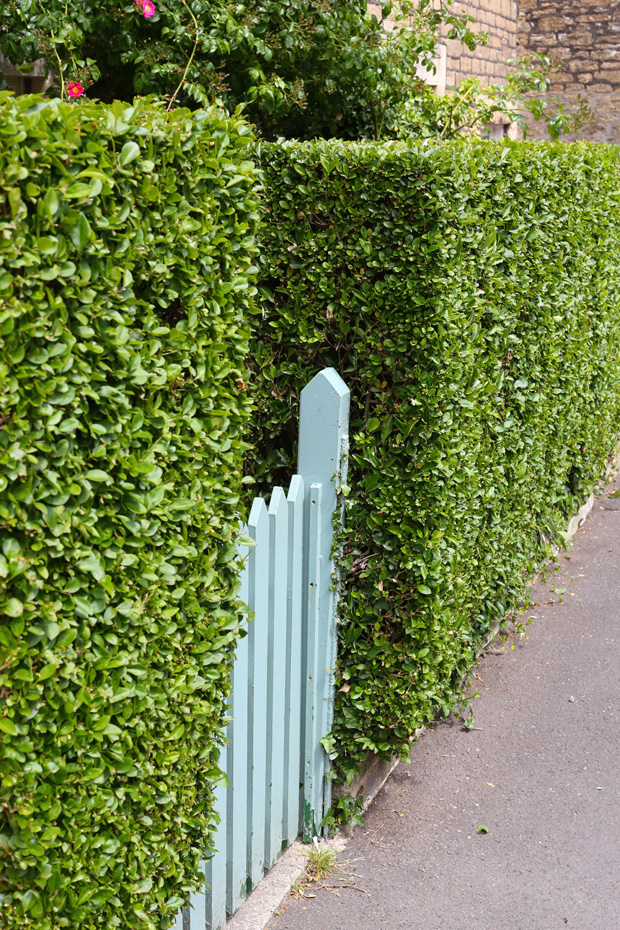
Purchasing your Hedge
Visit our Surrey branch for our full range of hedging plants or contact us now for further details. And if you'd like us to advise on and plant your hedge for you, our landscaping team are always happy to help.
